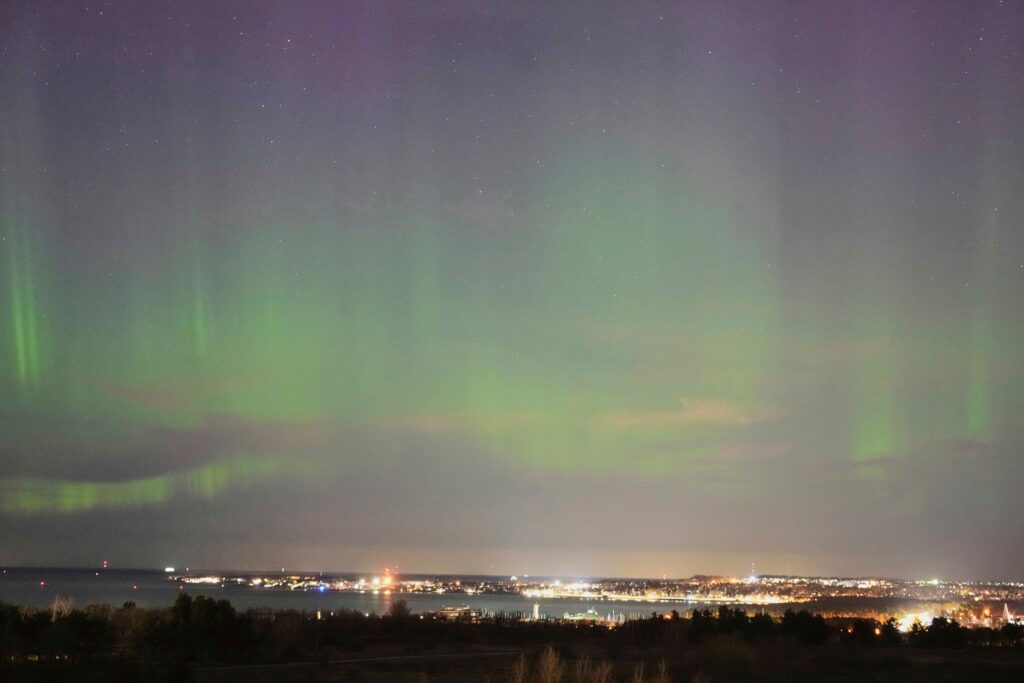
Introduction: The Enchantment of the Northern Lights
The Northern Lights, commonly known as Aurora Borealis, capture the imagination of billions around the globe. Visible primarily in high-latitude regions like Canada, Alaska, and Scandinavia, these spectacular light displays have fascinated humans for centuries, inspiring folklore and scientific inquiry alike. Understanding the Aurora Borealis is not only important for appreciating its beauty but also for grasping the underlying solar and atmospheric science that makes it possible.
What Causes the Aurora Borealis?
The Aurora Borealis occurs when charged particles emitted by the sun collide with the Earth’s magnetic field and atmosphere. When these solar winds reach the Earth, they interact with gases in the atmosphere, primarily oxygen and nitrogen, producing dazzling colors — predominantly green, but sometimes red, yellow, and blue as well. The best time to witness this natural phenomenon is during the winter months when the nights are longest and skies are darkest.
Current Events: Aurora Sightings on the Rise
This year has seen a remarkable uptick in Northern Lights sightings across Canada, thanks in part to an increase in solar activity. According to Natural Resources Canada, auroras are projected to be especially vibrant this fall as the sun approaches solar maximum, due around 2025. Scientists anticipate more frequent and brighter auroras as the sun’s energy fluctuates throughout its 11-year cycle. Regions such as Yellowknife and Whitehorse are particularly renowned for their spectacular displays, drawing tourists and aurora hunters eagerly awaiting the show.
Tourism Impact and Future Projections
The increase in aurora sightings has bolstered tourism in many northern communities. In places like Alberta and the Northwest Territories, businesses are leveraging this natural wonder, offering specialized tours, photography workshops, and educational programs to attract visitors. Industries related to travel and hospitality are expected to thrive as more people seek to experience the magic of the Northern Lights firsthand. Predictions indicate that these regions could see a significant boost in tourism-related revenue in the coming years, especially as awareness about the phenomenon spreads.
Conclusion: A Celestial Treasure
The Northern Lights are more than just a beautiful visual spectacle; they are a testament to the dynamic interplay between the Earth and the sun. As awareness and interest grow, so does the potential for positive economic impacts on local communities. The Aurora Borealis serves as a reminder of the natural world’s grandeur and mystery, inspiring individuals to explore, learn, and cherish the fleeting moments of nature’s light show. Whether you’re a seasoned traveler or a casual observer, witnessing the Northern Lights can be a life-changing experience.






